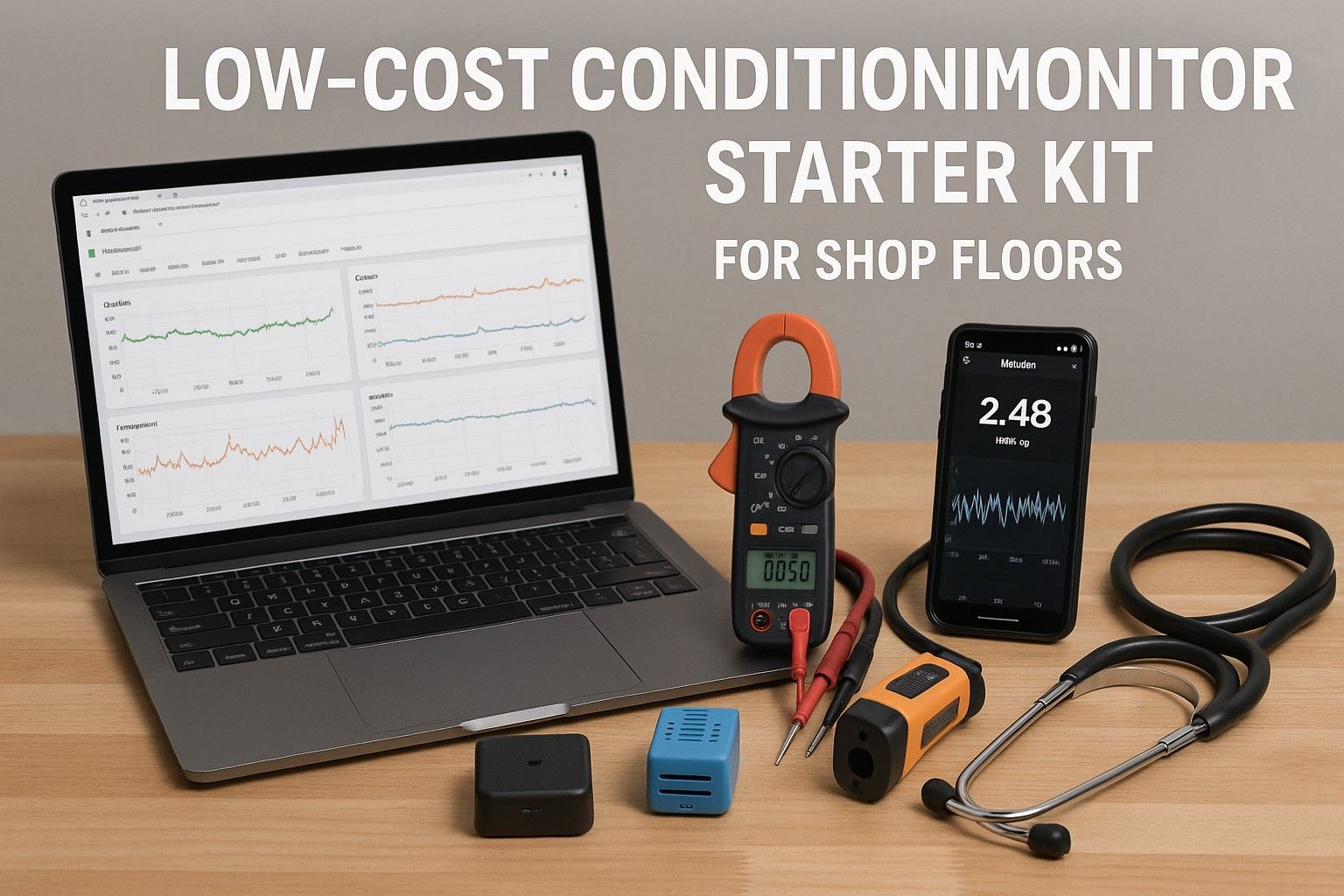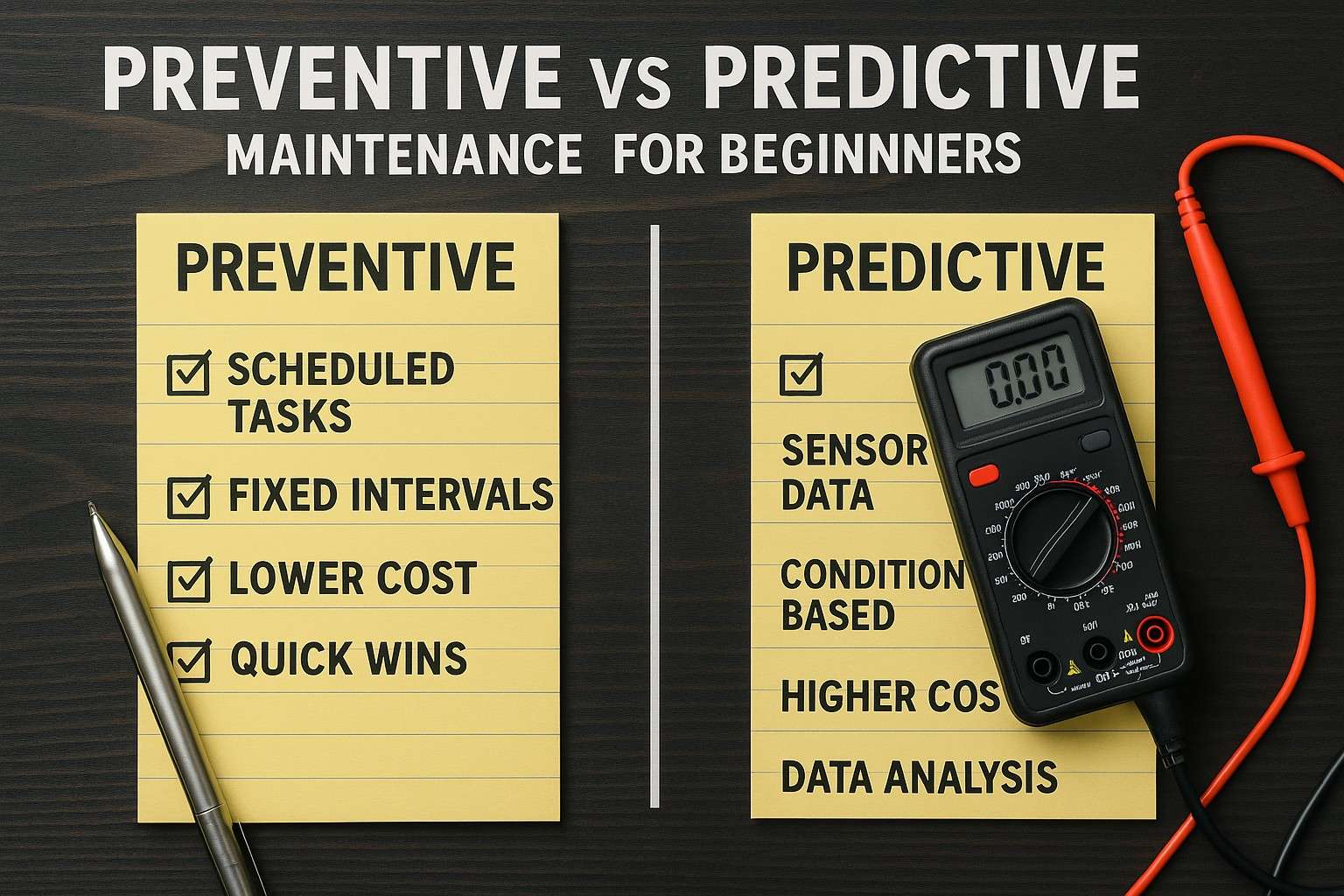Work order management represents one of the most critical operational challenges facing maintenance teams and service organizations, with inefficient processes costing an average of $12.5 lakhs per organization annually in lost productivity. Industry data reveals that 68% of companies still rely on manual work order processes that create task backlogs, missed deadlines, and inefficient resource allocation. Systematic work order management can reduce response times by 50%, improve task completion rates by 65% and decrease operational costs by 45% while ensuring optimal resource utilization, and service delivery across complex operational environments.
Modern maintenance operations depend on efficient work order processing that coordinates tasks, resources, and schedules across multiple departments and locations. Work order management inefficiencies cascade throughout organizations, affecting service levels, customer satisfaction, and operational profitability. Traditional paper-based and manual systems create bottlenecks that prevent teams from achieving their full potential and meeting service commitments.
The Hidden Crisis: Critical Challenges in Work Order Operations
Contemporary service operations require sophisticated coordination between work requests, resource allocation, and task execution, where even minor process inefficiencies can escalate into complete workflow breakdowns that halt productivity and devastate service delivery timelines. Work order management inefficiencies create ripple effects throughout organizations, impacting customer satisfaction, employee productivity, and financial performance.
Task Prioritization Breakdown
72% of organizations struggle with proper work order prioritization, leading to critical tasks being delayed while low-priority requests consume resources, costing $8+ lakhs in productivity losses annually.
Resource Allocation Inefficiencies
Manual scheduling creates resource conflicts and underutilization, with 45% of technician time wasted on coordination rather than productive work, resulting in $15+ lakhs in lost billable hours.
Communication Breakdowns
Poor information flow between departments creates duplicate work orders, missed updates, and coordination failures that delay resolution by 60% and increase operational costs significantly.
Documentation and Tracking Gaps
Inadequate work order documentation prevents proper analysis, compliance reporting, and continuous improvement, with 55% of completed work lacking proper closure documentation.
Mobile Access Limitations
Field technicians without mobile work order access experience 40% longer task completion times due to inefficient information exchange and update delays.
Performance Measurement Challenges
Organizations without systematic work order analytics cannot identify bottlenecks, optimize processes, or measure team performance, limiting improvement opportunities by 70%.
The Financial Impact of Inefficient Work Order Management
Before implementing systematic work order management, maintenance and service operations experience significant inefficiencies that impact both operational performance and financial results:
- Task completion delays averaging 35-40% longer than optimal due to poor prioritization and resource coordination
- Resource utilization inefficiencies with technicians spending 45% of time on administrative tasks instead of productive work
- Customer satisfaction decline from missed deadlines and poor communication affecting long-term relationships
- Compliance documentation gaps creating audit risks and potential penalties averaging $25+ lakhs annually
- Inventory management problems with 30% higher parts costs due to emergency purchasing and poor planning
Foundation Elements: Comprehensive Work Order Management Framework
Professional work order management systems provide the operational framework necessary for systematic task coordination, incorporating request processing, resource scheduling, and performance tracking into unified management platforms that optimize efficiency and service delivery.
Core Management Components and Architecture
Effective work order management frameworks integrate multiple operational streams and coordination processes to create comprehensive task management systems that balance efficiency with quality control and compliance requirements.
Request Processing Engine
Automated work order creation, categorization, and routing systems that ensure proper task assignment, priority setting, and initial resource allocation based on predefined criteria.
Resource Management Module
Comprehensive scheduling and allocation tools including technician availability, skill matching, equipment requirements, and parts inventory coordination for optimal resource utilization.
Mobile Workforce Platform
Field-ready mobile applications enabling real-time work order access, status updates, documentation capture, and communication between field teams and dispatch centers.
Analytics and Reporting System
Performance monitoring dashboards, KPI tracking, and analytical tools that provide insights into productivity, efficiency trends, and improvement opportunities across all operations.
Advanced Digital Integration and Automation Capabilities
Smart Workflow and Predictive Analytics Integration
Modern work order management transcends basic task tracking to incorporate intelligent routing, automated scheduling, and predictive analytics that optimize resource allocation and improve service delivery outcomes.
Intelligent Work Order Routing
AI-powered assignment algorithms that automatically match work orders with optimal technicians based on skills, location, availability, and workload balancing requirements.
Automated Scheduling Optimization
Dynamic scheduling systems that continuously optimize technician routes, minimize travel time, and maximize productive hours while accommodating priority changes and emergencies.
Predictive Maintenance Integration
Proactive work order generation based on equipment monitoring, maintenance schedules, and predictive analytics that prevent failures and optimize maintenance timing.
Real-time Communication Hub
Integrated messaging, notification, and collaboration tools that ensure seamless information flow between customers, dispatchers, technicians, and management teams.
Implementation Methodology and Best Practices
Phased Deployment Strategy for Work Order Management Systems
Successful work order system implementation requires systematic deployment approaches that minimize operational disruption while maximizing adoption rates and process optimization across diverse organizational structures and operational requirements.
Phase 1: Process Assessment
Current workflow evaluation, bottleneck identification, requirement mapping, and system customization planning based on specific organizational needs and operational complexity.
Phase 2: System Configuration
Custom workflow creation, user role definition, integration planning with existing systems, and data migration strategies that preserve historical information and operational continuity.
Phase 3: Pilot Testing
Limited deployment with selected teams, user training programs, process refinement, and performance validation to optimize system effectiveness before full rollout.
Phase 4: Full Deployment
Organization-wide implementation, comprehensive training, change management support, and ongoing optimization based on user feedback and performance metrics.
Change Management and User Adoption Strategies
Work order system implementation success depends heavily on user adoption and workflow transformation, requiring comprehensive training programs and support structures that encourage efficient process utilization and continuous improvement practices.
Role-Specific Training Programs
Customized training for dispatchers, technicians, supervisors, and administrators covering system operation, workflow optimization, and performance measurement techniques.
Performance Incentive Integration
KPI frameworks and recognition programs that reward efficient work order completion, quality service delivery, and system utilization achievements.
Continuous Support Structure
Ongoing technical support, user feedback integration, and system optimization services that ensure sustained performance improvement and user satisfaction.
Champion Network Development
Identification and training of system champions who support adoption, provide peer training, and facilitate knowledge transfer across teams and departments.
Analytics and Performance Monitoring Capabilities
Advanced Work Order Analytics and KPI Tracking
Work order management analytics transform operational data into actionable insights that enable continuous improvement, efficiency optimization, and strategic planning across service delivery and maintenance operations.
Real-Time Performance Dashboards
Executive and operational dashboards providing immediate visibility into work order status, technician productivity, and service level performance across all organizational segments.
Predictive Analytics Engine
Advanced analytics identifying workflow bottlenecks, resource optimization opportunities, and performance trends based on historical and real-time operational data.
Cost Analysis and ROI Tracking
Comprehensive financial analysis covering labor costs, material expenses, and efficiency gains that quantify system value and support budget optimization decisions.
Compliance and Audit Support
Automated compliance tracking ensuring work order activities meet regulatory requirements, service standards, and audit criteria with comprehensive reporting capabilities.
ROI and Operational Excellence Outcomes
Quantifiable Financial Benefits and Efficiency Gains
Systematic work order management delivers measurable financial returns through multiple value streams that extend beyond direct labor savings to encompass customer satisfaction, compliance benefits, and operational scalability improvements.
Operational Efficiency and Competitive Advantages
Comprehensive work order management creates operational advantages that enhance competitive positioning through improved service delivery, predictable costs, and enhanced customer satisfaction capabilities.
- Enhanced service level consistency with predictable response times and standardized quality delivery across all service requests
- Improved technician productivity averaging 90%+ billable time utilization compared to 65% with manual coordination systems
- Better customer satisfaction scores through transparent communication, accurate scheduling, and reliable service delivery
- Increased revenue opportunities with capacity for 40% more service calls through optimized scheduling and reduced administrative overhead
- Enhanced compliance capabilities through automated documentation and audit trail generation that reduces regulatory risks
Compliance and Regulatory Alignment
Regulatory compliance requirements make systematic work order management essential for service operations, with safety standards, quality certifications, and industry regulations demanding documented processes and audit trail capabilities.
Safety Documentation Requirements
Comprehensive work order documentation supporting safety compliance, incident tracking, and regulatory reporting that reduces audit risks and ensures proper safety protocol adherence.
Quality Management Integration
Work order systems supporting ISO standards, quality certifications, and continuous improvement processes that enhance service quality and customer satisfaction.
Financial and Tax Compliance
Accurate labor tracking, cost allocation, and financial reporting capabilities that support tax compliance, project accounting, and profitability analysis requirements.
Customer Contract Compliance
Service level agreement monitoring, response time tracking, and performance documentation that ensures contract compliance and supports customer relationship management.
Future Outlook and Innovation Roadmap
The work order management landscape continues evolving with emerging technologies that promise enhanced automation, artificial intelligence integration, and predictive capabilities that will further optimize service delivery and operational efficiency.
Artificial Intelligence Enhancement
Advanced AI algorithms providing intelligent work order routing, predictive resource allocation, and automated decision-making based on complex operational data analysis.
IoT Integration Capabilities
Internet of Things technologies enabling automated work order generation from equipment sensors, environmental monitors, and asset management systems.
Augmented Reality Support
AR-enabled field support providing technicians with real-time guidance, remote expert assistance, and enhanced documentation capabilities for complex service tasks.
Blockchain Documentation
Immutable work order records and service documentation providing enhanced compliance verification, warranty protection, and audit trail capabilities.
Frequently Asked Questions
Ready to implement comprehensive work order management for your organization?
Getting StartedBook a Demo



.jpeg)




